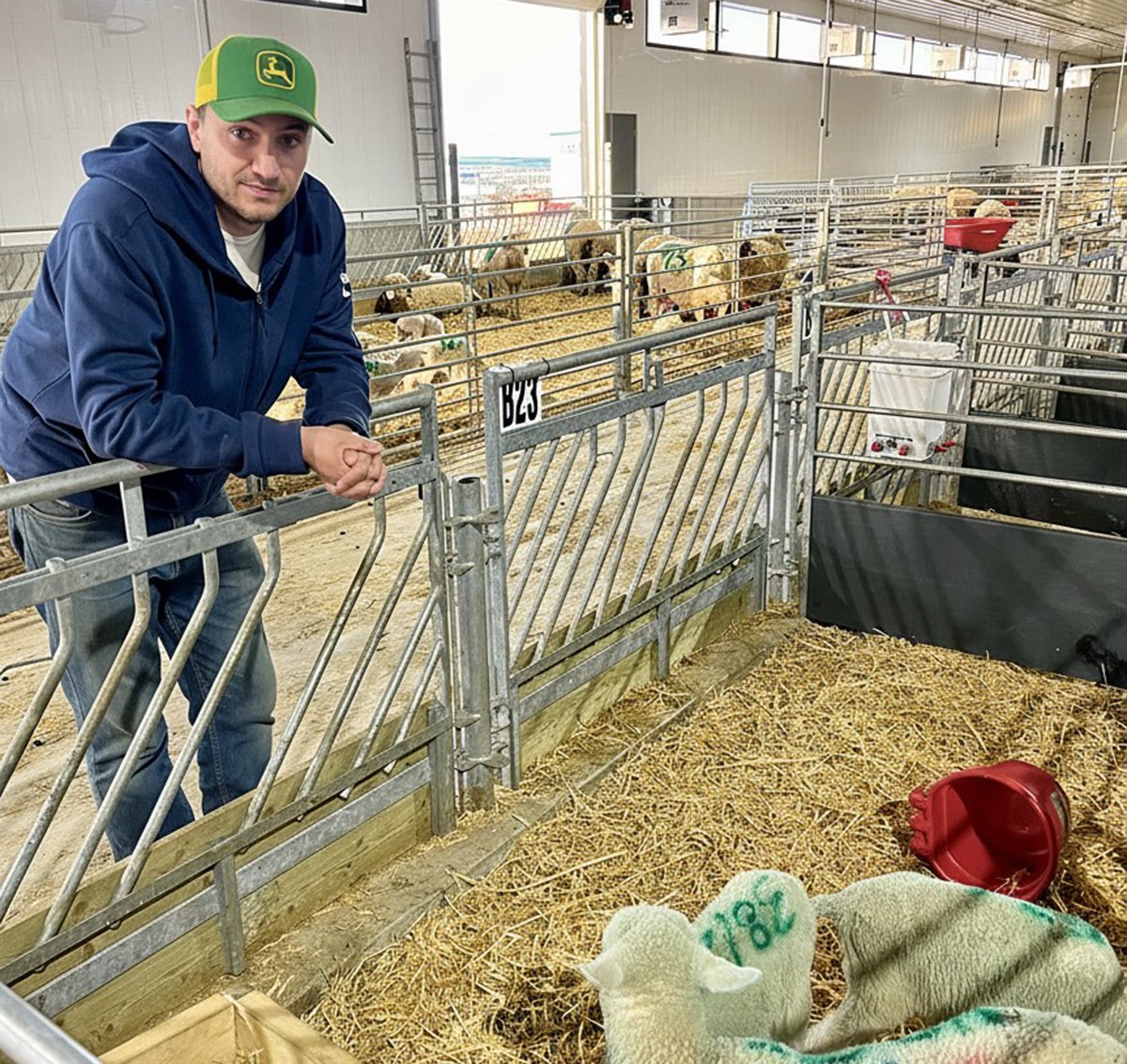It was early August when Ivan Thomson realized something bad was happening with his herd of bison.
But it would take a few days to figure exactly what.
Out checking his pastures one day, the Dinsmore, Sask., farmer came across seven mature nursing females lying dead in the field.
“We had no clue what it was,” he said. “We’d never experienced anything like that before.”
His first thought was anthrax, but after consulting three veterinarians, that idea was eliminated.
Another possibility was blackleg, but that’s more likely in younger animals, and when the next day he came across dead animals that he knew had been vaccinated, that was crossed off the list.
Read Also

Solar, sheep provide valuable farm diversification
Eric Steeves says raising sheep on forages grown under solar panels provided economic stability and perhaps even saved his family’s fifth generation southern Alberta grain farm.
Finally a couple of vets told him to check his water supply for blue-green algae.
Sure enough, that was the culprit. More precisely, it was cyanobacteria that can cause eye and skin infections, liver damage, gastroenteritis or neurological damage and result in rapid death.
Thomson had never heard of it and to his knowledge it had never occurred in the area where he farms, about an hour south of Saskatoon.
As of last week, he had lost 40 animals, including some calves that couldn’t survive without their mothers. He has heard of about a dozen cattle producers in his area who have also lost significant numbers of animals to the deadly algae.
“The financial losses are going to be substantial,” said Thomson.
Weather conditions in the Dinsmore area this summer were ideal for the development of blue-green algae.
A couple of heavy storms in early July resulted in a runoff of nutrients into potholes, sloughs and dugouts. A stretch of hot days created a perfect environment for the algae to develop, often in concentrated areas along the shore where the animals drink.
The toxins are released after the algae have bloomed. High concentrations are required to create enough toxins to cause death.
Bob Klemmer, a beef and forage specialist with Saskatchewan Agriculture, said animal losses from blue-green algae bacteria are not uncommon, although the losses reported in the Dinsmore area are higher than usual.
Farmers who have been in business long enough will probably have some experience with it, although the algae’s appearance depends on localized weather conditions.
“Certainly livestock guys should be looking at their dugouts and sloughs,” he said. “The weather has been ideal for it.”
Farmers can treat their water with a registered product containing copper sulfate. A list of such products, along with application information, can be obtained from the Prairie Farm Rehabilitation Administration at www.agr.gc.ca/pfra.
The water source must be avoided for 12 to 14 days after treatment.
Thomson said the difficulty is that producers can’t be sure which of the water bodies on their farms is going to go bad or when.
“You can test it today and it will be fine but tomorrow they’ll be dying if they drink it,” he said. “It can become toxic in a day.”
Also, most livestock producers in the area also grow grain and have been preoccupied with harvest, not checking dugouts and pastures.
But Thomson has had to interrupt his harvest in order to dispose of carcasses.
“It’s not what I want to be doing at this time of year,” he said.














